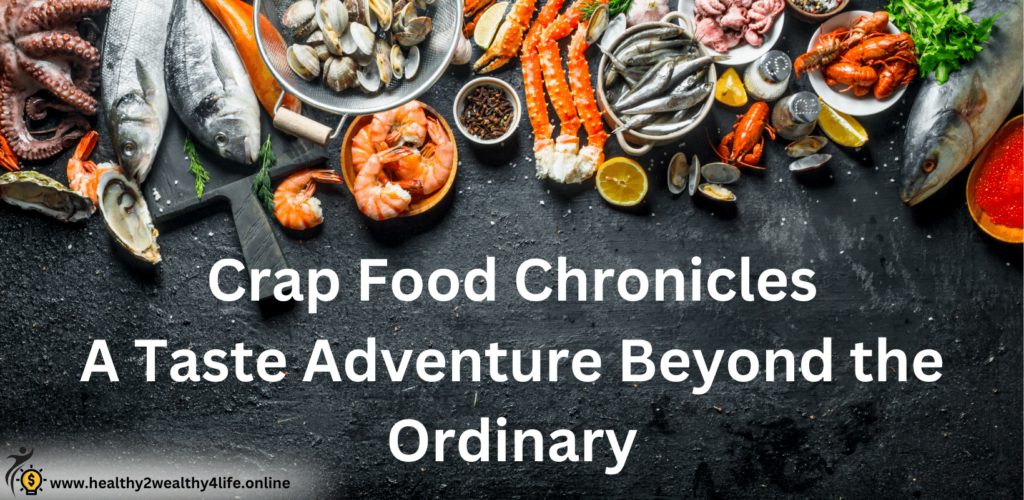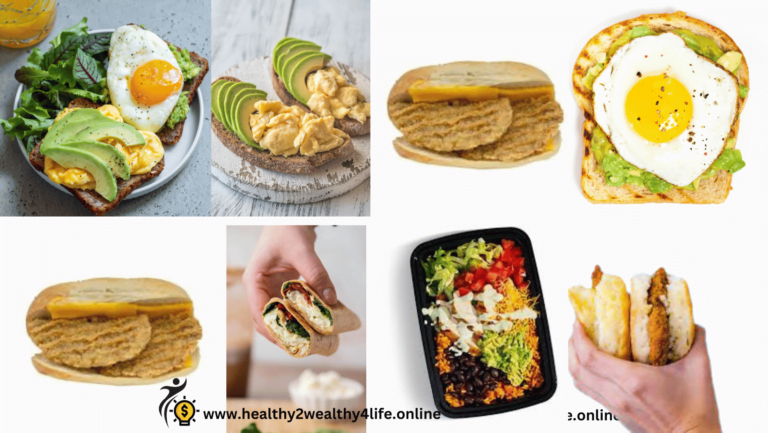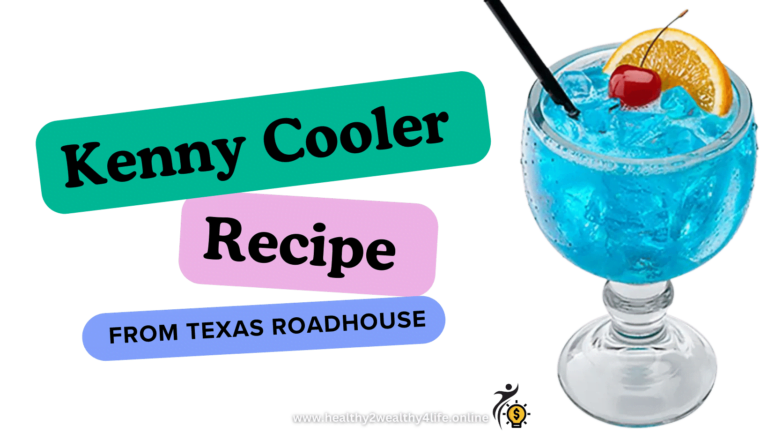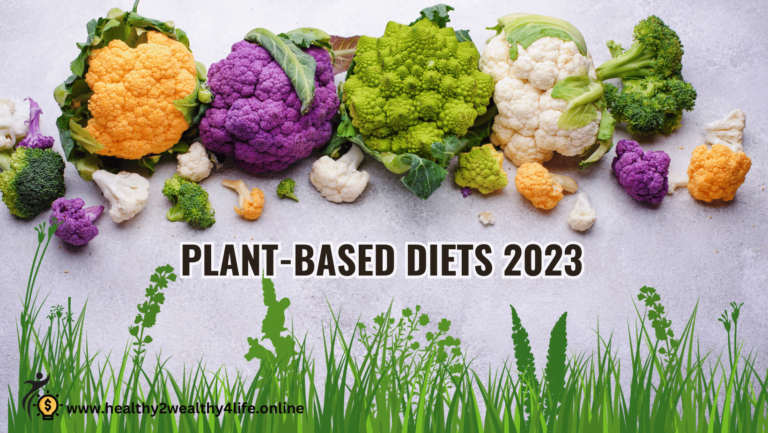Crap Food Chronicles: A Taste Adventure Beyond the Ordinary

- Introduction toCrap Food
- Demystifying Crap Food: Breaking Culinary Norms
- Unconventional combinations and extravagant treats
- Balancing Act: The Health Implications of Crap Food
- Navigating health concerns while savoring the unconventional
- Holy Crap FoodExpedition: Unearthing Quirky Creations
- Exploring the imaginative realm of unconventional culinary delights
- Crap Food Unveiled: Decoding the Ingenious Acronym
- Unraveling the hidden meaning behind each letter
- Subaquatic Surprises: The Allure of Crap Sea Food
- Diving into the world of seafood with an unconventional twist
- Sonic Bliss: Crap FoodASMR and Its Auditory Allure
- An exploration of the auditory pleasures accompanying Crap Food
- Quick and Quirky: 5 Minutes to Culinary Eccentricity
- Time-efficient yet tantalizingly unconventional recipes
- Cultural Currents: Crap Food‘s Evolution in Culinary Culture
- Tracing the trends and transformations in the world of Crap Food
- Moderation Mastery: Enjoying Crap Food Responsibly
- Striking a balance between indulgence and mindful consumption
- Global Cravings: Crap Food’s Influence Across Borders
- Examining regional variations and cultural impacts
- Pleasure Amid Guilt: Understanding the Crap Food Paradox
- Exploring the psychology behind the guilty pleasure aspect
- Social Media’s Sizzle: Crap Food’s Online Popularity
- The role of social media in shaping Crap Food trends
- Creative Chaos: DIY Crap Food and Culinary Experimentation
- Encouraging kitchen creativity with homemade Crap Food
- Tomorrow’s Tastes: Speculating on the Future of Crap Food
- Predictions and possibilities in the ever-evolving world of unconventional cuisine
Crap Food Chronicles: A Taste Adventure Beyond the Ordinary
Embark on a culinary journey like no other with the Crap Food Chronicles. This article serves as your guide to the unconventional, the audacious, and the downright eccentric world of Crap Food.
Demystifying Crap Food: Breaking Culinary Norms
Crap Food challenges the traditional boundaries of taste and culinary norms. From unconventional combinations to extravagant treats, Crap Food beckons us to reevaluate our expectations and embrace the extraordinary.
Balancing Act: The Health Implications of Crap Food
While Crap Food entices with its unique flavors, there’s a delicate balance to maintain. Navigate the health implications of indulging in Crap Food, ensuring that the extraordinary does not compromise well-being.
Holy Crap Food Expedition: Unearthing Quirky Creations
Join us on a journey into the imaginative realm of Holy Crap Food. Unearth the quirky creations that push the boundaries of culinary imagination, sparking both awe and amusement.
Crap Food Unveiled: Decoding the Ingenious Acronym
Beneath the surface of Crap Food lies a clever acronym. Decode the hidden meaning behind each letter, adding a layer of intrigue to the culinary lexicon that is Crap Food.
Subaquatic Surprises: The Allure of Crap Sea Food
Dive into the world of Crap Sea Food, where unconventional takes on a new meaning. Explore seafood with a twist, defying expectations and redefining oceanic flavors.
Sonic Bliss: Crap Food ASMR and Its Auditory Allure
For those seeking sensory pleasures beyond taste, Crap Food ASMR offers an auditory adventure. Immerse yourself in the captivating sounds accompanying these unconventional culinary delights.
Quick and Quirky: 5 Minutes to Culinary Eccentricity
In a world that moves fast, indulge in the quick and quirky with 5-minute Crap Food. Discover time-efficient yet tantalizingly unconventional recipes for those craving culinary eccentricity on the go.
Cultural Currents: Crap Food’s Evolution in Culinary Culture
As culinary landscapes evolve, so does the culture of Crap Food. Trace the trends and transformations that have shaped this unconventional culinary phenomenon over time.
Moderation Mastery: Enjoying Crap Food Responsibly
Indulging in Crap Food can be a guilty pleasure, but moderation is key. Explore the art of enjoying unconventional culinary delights responsibly, striking a balance between indulgence and mindfulness.
Global Cravings: Crap Food’s Influence Across Borders
Borders do not confine Crap Food; it’s a global phenomenon. Explore regional variations and cultural influences that shape the perception and creation of Crap Food across the globe.
Pleasure Amid Guilt: Understanding the Crap Food Paradox
Why do we find pleasure in the guilty pleasure of Crap Food? Explore the psychology behind the paradox, unraveling the reasons behind our indulgence in the unconventional.
Social Media’s Sizzle: Crap Food’s Online Popularity
In an age dominated by social media, Crap Foodsizzles on screens. Discover how social media shapes Crap Food trends, influencing the popularity of these culinary creations.
Creative Chaos: DIY Crap Food and Culinary Experimentation
Encourage kitchen creativity with DIY Crap Food. Embrace the chaos and experiment with unconventional ingredients, infusing your culinary creations with a personal touch.
Tomorrow’s Tastes: Speculating on the Future of Crap Food
As culinary landscapes evolve, what does the future hold for Crap Food? Speculate on emerging trends and possibilities, giving a glimpse into the ever-evolving world of unconventional cuisine.
Conclusion
Crap Food Chronicles: A Taste Adventure Beyond the Ordinary concludes with the realization that Crap Food is not just a culinary trend; it’s a cultural movement that challenges, captivates, and continually surprises us.
FAQs
1.Is Crap Food always unhealthy?
While Crap Food often leans towards indulgence, moderation is key. Some variations can be enjoyed without compromising health.
2.Are there regional variations in Crap Food?
Absolutely! Crap Foodtakes on unique forms influenced by regional tastes and cultural preferences.
3.Why is Crap Food popular on social media?
The visual appeal and shock factor of Crap Food make it highly shareable on social media platforms.
4.Can DIY Crap Food be a culinary adventure?
Certainly! Experimenting with unconventional ingredients can turn DIY Crap Foodinto a creative and enjoyable experience.
5.What’s the future of Crap Food?
The future holds endless possibilities as culinary creativity continues to push the boundaries of what we consider traditional or acceptable.
6.Why does the standard kids menu in US restaurants usually only consist of crap food?
The standard kids’ menu in many US restaurants often includes what might be perceived as “junk” or less nutritious food for a few reasons:
-
Popularity and Demand: Many kids have specific preferences for certain foods, which might lean towards items like chicken tenders, pizza, fries, and hot dogs. Restaurants often include these items because they are popular and generally liked by children, making them more likely to sell.
-
Perceived Profit Margins: Foods like chicken tenders, fries, and pizza tend to have high profit margins for restaurants due to their low cost of ingredients and ease of preparation. Therefore, they might feature prominently on kids’ menus as they can be profitable items.
-
Limited Palates: Children may be picky eaters and less likely to try unfamiliar or healthier options. Restaurants might opt for more familiar and “kid-friendly” choices to ensure that kids will actually eat and enjoy their meal.
-
Time Constraints: Restaurants often prioritise speed and efficiency in food preparation, especially for kids’ meals. Simple, fast-cooking items like chicken tenders or macaroni and cheese fit these criteria better than more complex or healthier options.
-
Cultural Expectations: There might be a cultural expectation or perception that children prefer these kinds of foods, leading to a perpetuation of these choices on kids’ menus.
7. How do some people achieve a muscled body while eating crap food?
Some individuals may appear to have a muscular body despite consuming what might be considered “crap” or unhealthy food for a few reasons:
- Genetics: Genetics play a significant role in how our bodies respond to food and exercise. Some people have a natural predisposition to gaining muscle or staying lean more easily than others, regardless of their diet.
- Caloric Surplus: Building muscle often requires consuming more calories than the body burns (caloric surplus) to provide the necessary energy for muscle growth. Even if someone is eating what’s perceived as unhealthy food, if they consume enough calories and engage in effective resistance training, they might still gain muscle.
- Protein Intake: Protein is crucial for muscle repair and growth. Even if someone’s overall diet is not optimal, if they’re consuming enough protein, it can support muscle development.
- Exercise and Training: Consistent and effective strength training exercises can stimulate muscle growth, regardless of the overall diet. If someone engages in targeted and intense workouts, they might still build muscle despite a less-than-ideal diet.
- Metabolism and Activity Levels: Some individuals have faster metabolisms or lead highly active lifestyles, which can help offset the negative effects of a poor diet to some extent. This might allow them to process and utilise nutrients differently.
8. Why do I get vitamin deficient when I only eat healthy foods but all my friends eat crap foods and stay healthy?
It can be puzzling when you eat what you perceive to be healthy foods and still experience vitamin deficiencies, while others who consume less nutritious or “crap” foods seem to remain healthy. Several factors could contribute to this discrepancy:
- Nutrient Absorption: Consuming healthy foods doesn’t guarantee proper nutrient absorption. Factors such as gut health, medication use, or individual differences might affect how efficiently your body absorbs vitamins and minerals from the foods you eat.
- Variety and Balance: While you might be eating healthy foods, there’s a chance you’re missing out on a variety of nutrients. A balanced diet that includes a wide range of fruits, vegetables, whole grains, lean proteins, and healthy fats is essential for getting all the necessary vitamins and minerals.
- Underlying Health Conditions: Some health conditions or genetic factors can affect your body’s ability to absorb or utilize certain nutrients, leading to deficiencies even if you’re eating what’s considered a healthy diet.
- Portion Sizes and Overeating: Even healthy foods can cause issues if consumed excessively. Overeating certain foods might lead to imbalances or deficiencies in other nutrients.
- Lifestyle Differences: Your lifestyle, activity level, stress levels, and sleep patterns might differ from those of your friends. These factors can impact your body’s ability to absorb and utilize nutrients effectively.
- Individual Metabolism: Each person’s metabolism and nutritional needs vary. What works for others might not necessarily work the same way for you.
If you’re concerned about vitamin deficiencies despite eating what you consider a healthy diet, consulting with a healthcare professional or a registered dietitian might be beneficial. They can help assess your diet, identify potential deficiencies, and provide guidance on adjustments or supplements to ensure you’re meeting your nutritional needs properly





